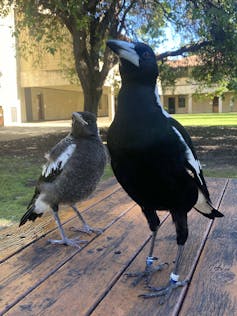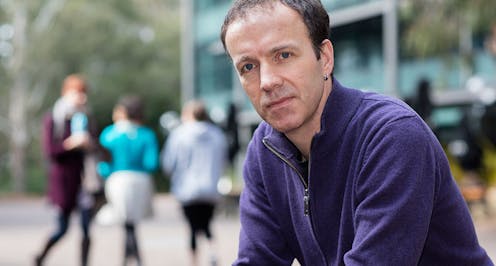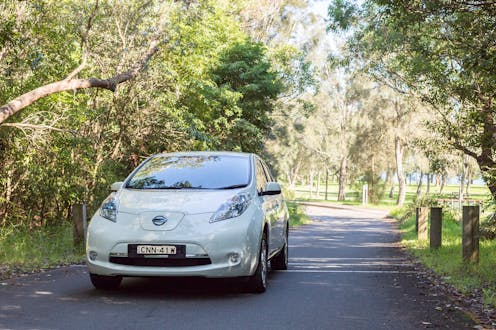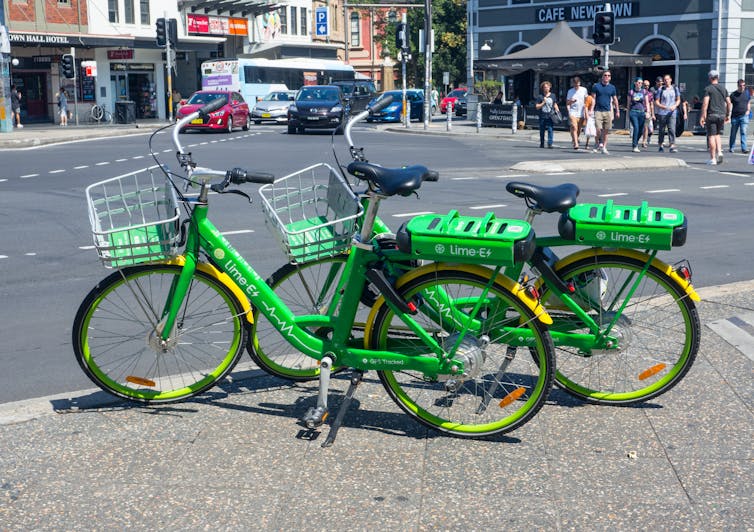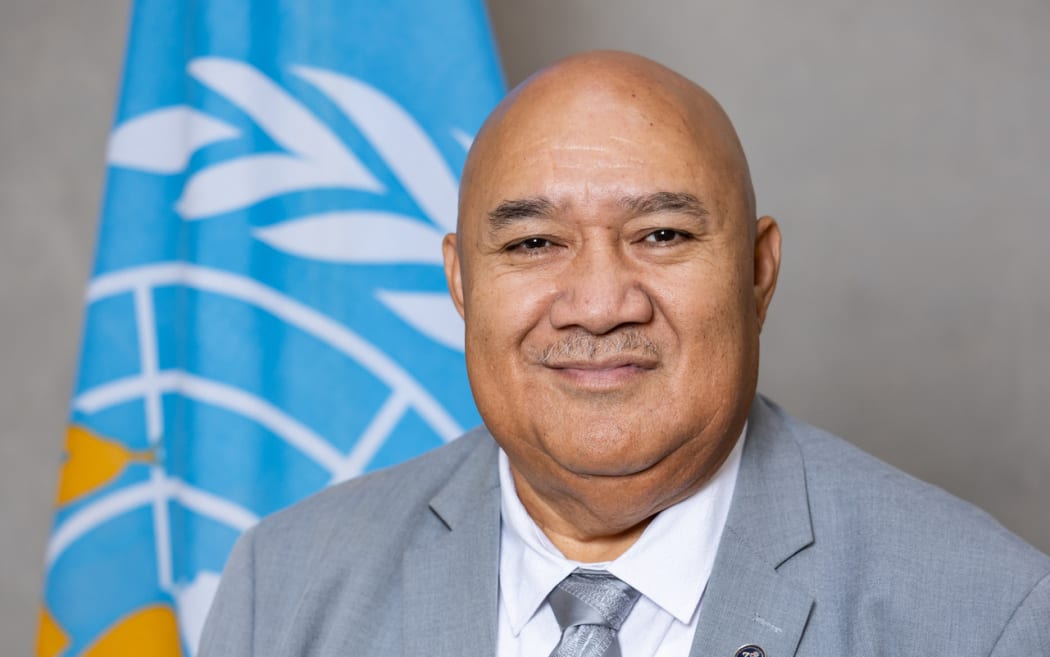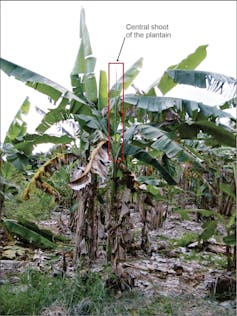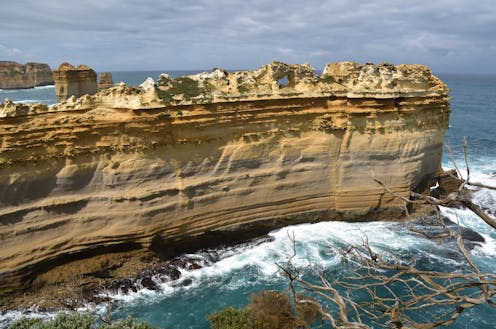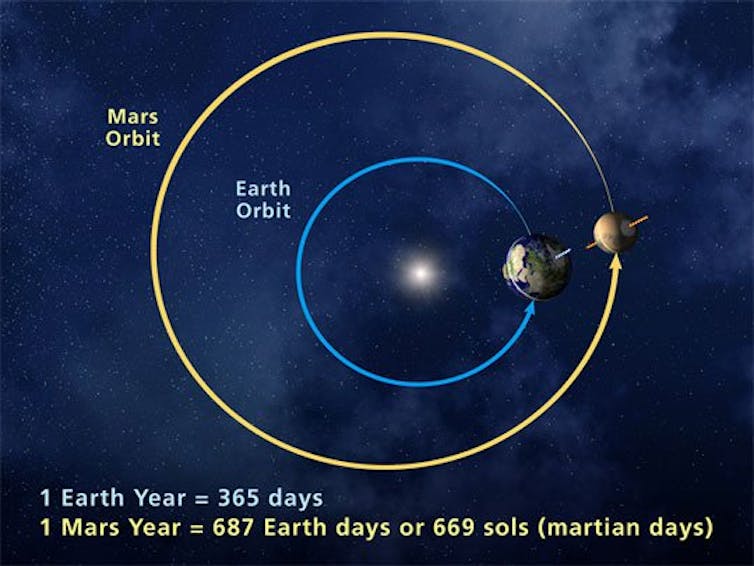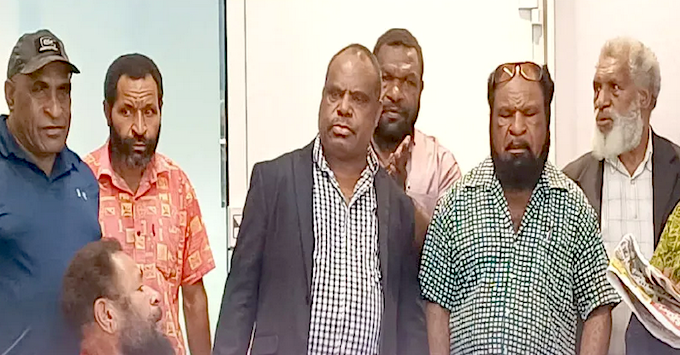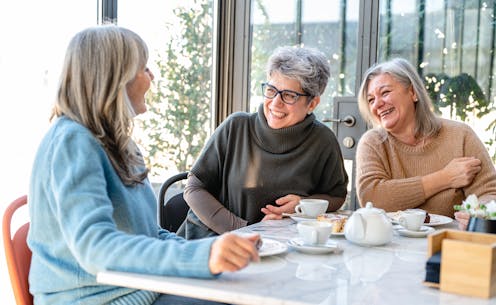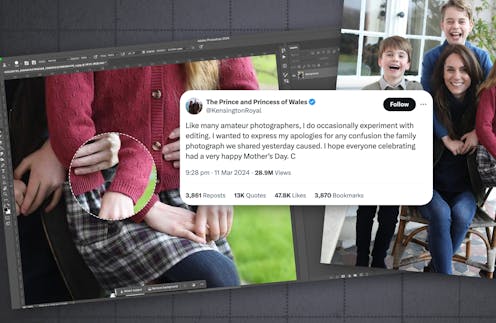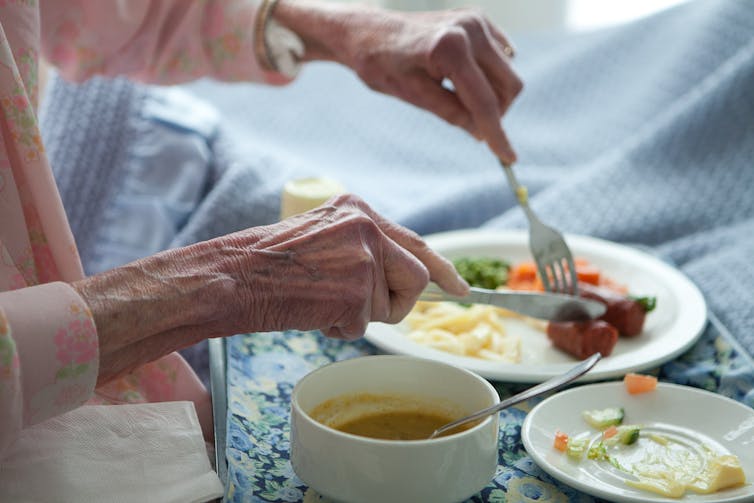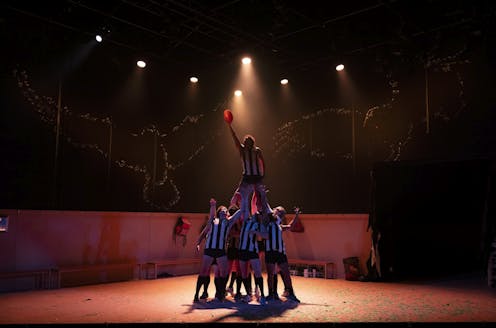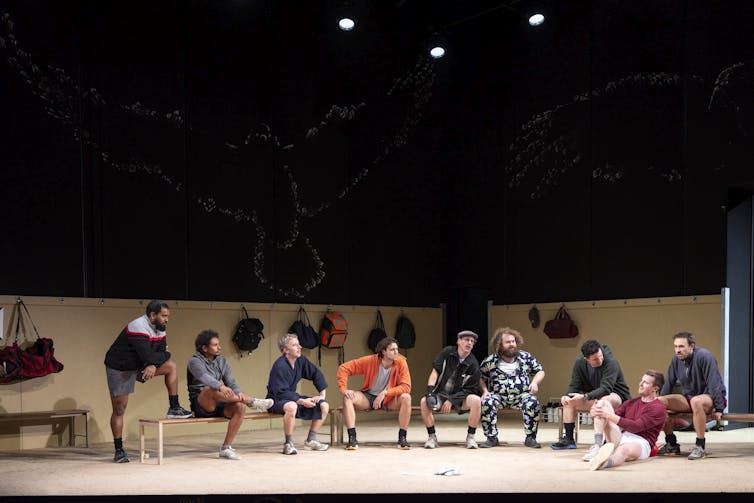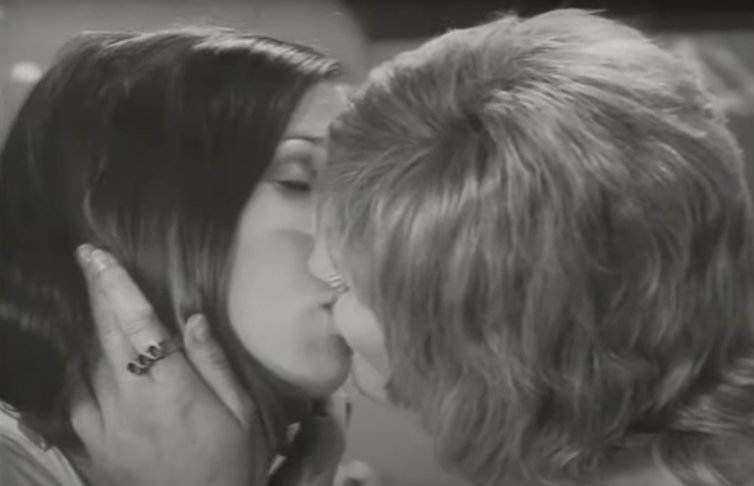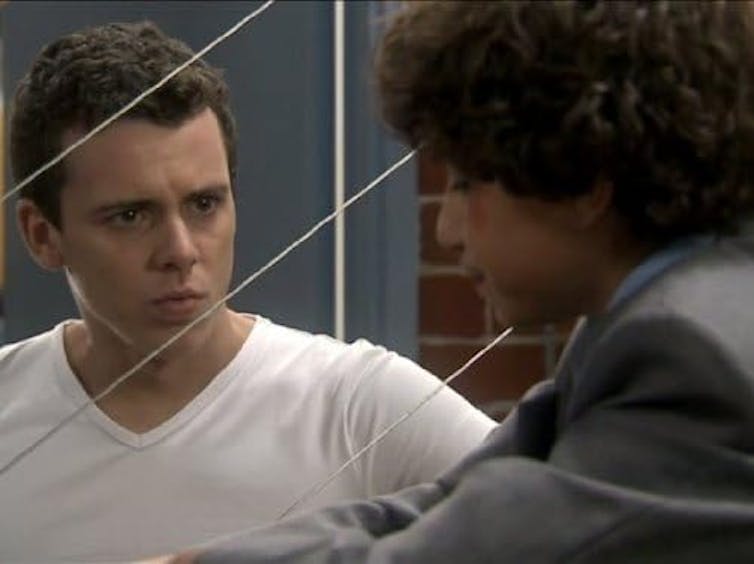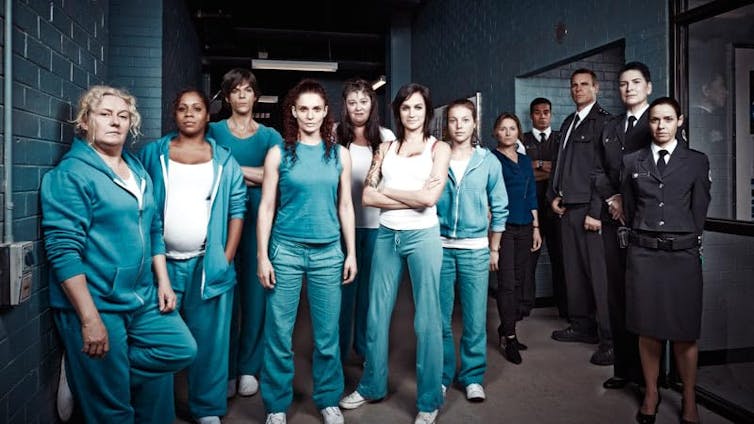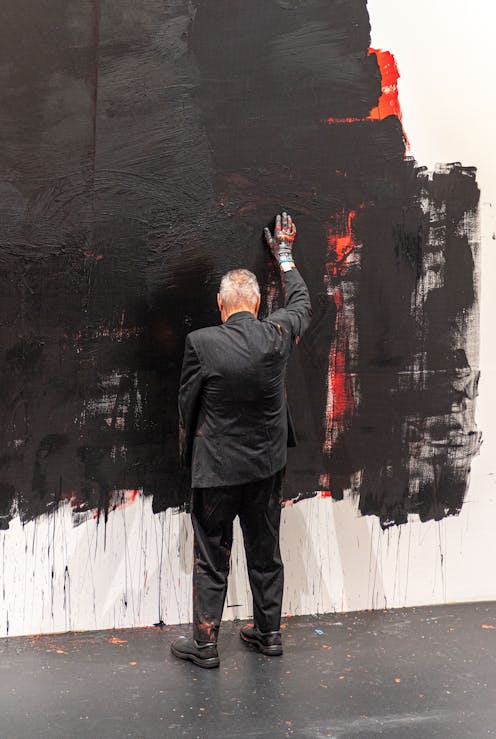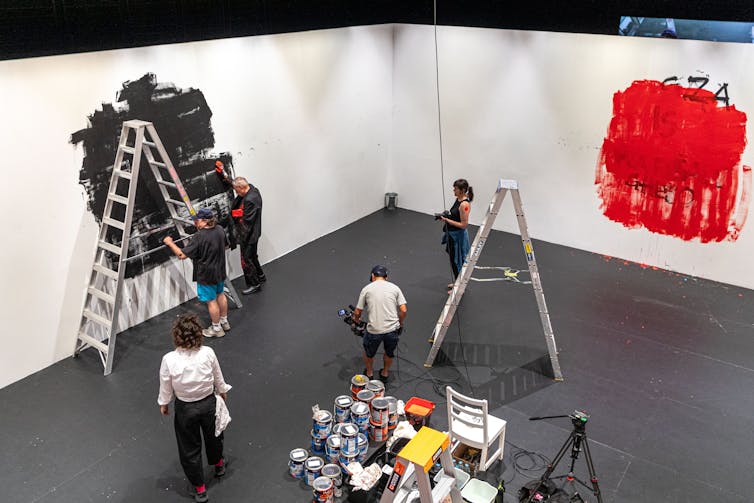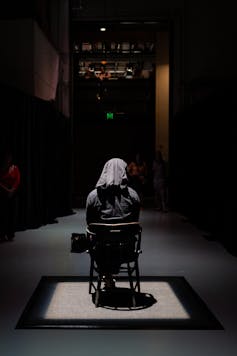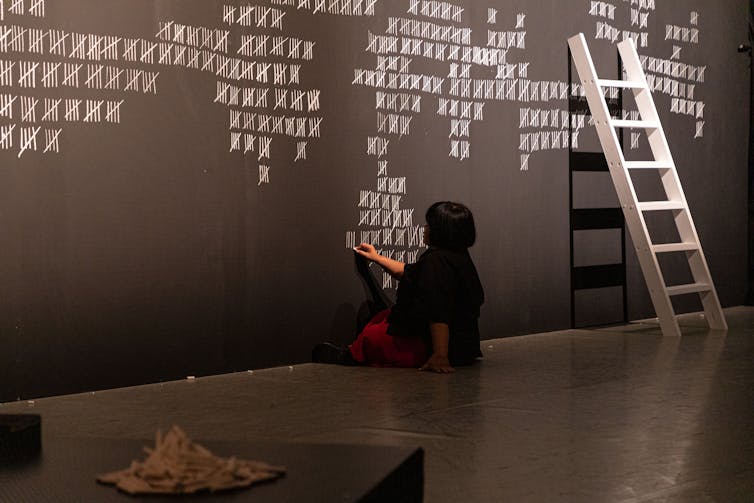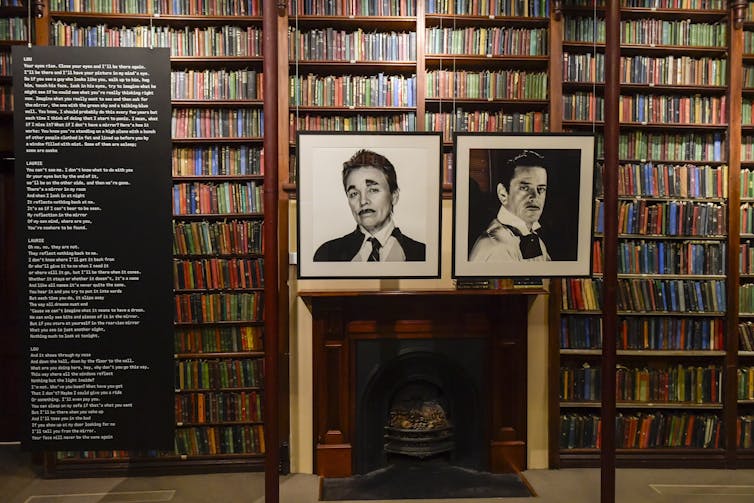Source: The Conversation (Au and NZ) – By Matthew Sussex, Associate Professor (Adj), Griffith Asia Institute; and Fellow, Strategic and Defence Studies Centre, Australian National University
Time for an early announcement: Vladimir Putin has won the upcoming Russian presidential election on March 15–17. It’s hardly a spoiler. Russian elections have been performative exercises in phoney democracy for many years now, and this latest round of theatre promises to be no different.
Official state analysts peg Putin’s likely support at around 75%. His only rivals are state-permitted and largely endorse both his platform and leadership. They include the Communist Party’s ageing Nikolai Kharitonov, who is polling around 4%, and Leonid Slutsky, the comparatively spry candidate from the misnamed Liberal Democratic Party of Russia (it’s actually an ultra-nationalist party), who is polling about the same.
Perhaps the most “liberal” candidate on the ballot is Vladislav Davankov, the deputy chair of the State Duma – Russia’s lower house of parliament. Davankov has called for peace talks in Ukraine “on our terms, and with no roll-back”, and his main campaign slogan is the rather vague “Yes to changes!”. He is expected to receive perhaps 5% of the vote.
As Russians obediently line up to cast what amounts to little more than a mandatory expression of fealty, the only real questions worth asking are:
-
is there any semblance of opposition left?
-
and what kind of leader Putin will be in his fifth full term as president?
No real opposition figures left
There is increasing evidence that Putin will become even more repressive. The Kremlin has overseen the elimination or marginalisation of any charismatic individual who might serve as a hub for popular opposition, and hence pose a threat to Putin – either on the ballot, or off it.
The death of Alexei Navalny in a Siberian prison camp certainly sent that message, underscored by the arrests of several people who attended his funeral.
But throughout Putin’s tenure, plenty of other challengers, dissidents or opponents have been executed or attacked. They include:
-
Boris Nemtsov, the popular moderate politician assassinated in 2015
-
Anna Politkovskaya, the human rights journalist shot dead in her apartment in 2006
-
Natalya Estemirova, the anti-war activist kidnapped and killed in 2009
-
Sergei Magnitsky, the lawyer who uncovered evidence of massive corruption and died after being beaten and denied medical care in 2009
-
Aleksandr Litvinenko, the former intelligence agent poisoned with polonium in 2006
-
Sergei Skripal and his daughter Yulia, who were poisoned with Novichok in the United Kingdom in 2018
-
and the convenient plane crash that killed Wagner leader Yevgeny Prigozhin last year.
Other potential challengers have been ostracised or imprisoned. Nemtsov’s protégé, Vladimir Kara-Murza, for example, was arrested in 2022 and subsequently imprisoned for 25 years.
And so far this year, the Kremlin has jailed the elderly human rights campaigner Oleg Orlov for “discrediting the military”; issued an arrest warrant for the exiled Russian author Boris Akunin for being a “foreign agent”; and labelled the exiled Russian chess grand master Garry Kasparov an “extremist and terrorist”.
In just the last day, Navalny’s former chief of staff, Leonid Volkov, has been hospitalised in Lithuania after being sprayed in the face with tear gas and beaten repeatedly with a hammer.
Elections mean very little
The Kremlin has persisted with the charade of free elections throughout Putin’s rule, but with recent changes to this year’s ballot, those who have proven too popular have found themselves disqualified.
The ex-TV journalist Yekatarina Duntsova, for example, was barred from running due to “violations” in the paperwork for her candidacy. She had been widely scorned as a Kremlin stooge, even though she planned to run on an anti-war platform.
So, too, was Boris Nadezhdin, who attracted significant attention for his pledge to end the war in Ukraine peacefully. But he also ran afoul of Russia’s Central Electoral Commission, which alleged he had failed to collect the necessary 100,000 signatures to qualify as a candidate.
In the end, the political pantomime around who gets to contest Russia’s elections really doesn’t matter.
There has been ample evidence of systemic electoral fraud in Russia for years. This includes ballot stuffing, “carouselling” (bussing voters to different booths to vote multiple times) and simple vote-rigging.
As early as 2011, United Russia – Putin’s de facto party of power in the parliament – was winning an unlikely 99% of the vote in Chechnya.
In the 2018 presidential elections, millions of votes were recorded in districts that had surprisingly precise turnout figures of 85%, 90% and 95%. Some 1.5 million votes (about 2% of the total) simply appeared as “extras” after the final day of voting.
Evidently irked by repeated findings from monitors for the Organisation for Security and Cooperation in Europe (OSCE) about the lack of freedom in Russian elections, the Kremlin simply denied them access in 2024.
Putin the autocrat
It is often said that a marker of authoritarian governments is they generally tend to tolerate dissent. Autocratic governments, on the other hand, do not. That’s because they are the sole custodians of political power. Anyone seeking to challenge that is – by definition – an enemy.
Putin is embracing the autocratic type in his next stanza as president. That makes him incredibly dangerous. Now 71 years old, he has deliberately not anointed a successor, but has bound the fortunes of Russia’s leadership cadres to his own via political blood pacts.
He has created a polity comprised of serfs who compete for his attention, among whom he can place no trust. As the embodiment of Russia’s political gravity, his expectations of utter loyalty will increase. Every failure and setback will only serve to deepen a despotic determination to nourish his delusions of grandeur.
As Russia’s electoral circus unfolds in slow motion, we are already witnessing signs of this. In recent days, former president Dmitry Medvedev prominently displayed a future map of Ukraine. The majority of it was swallowed by Russia, with Medvedev noting that “historic parts of Russia need to come home”.
Around 40% of government spending is now going to the war in Ukraine. And alarm bells have sounded in both Europe and the US that Putin’s ultimate aim is to fracture the West, either through war or the threat of it.
The only way to respond to Putin, therefore, is to resist him as vigorously as possible. After his sham election, he will preside over a regime that may exude strength, but is both fragile and brittle. Should this edifice come down, the results will be both terrible and terrifying for Russians.
But it increasingly seems that will be Putin’s legacy: not as Russia’s champion, but its wrecker.
![]()
Matthew Sussex has received funding from the Australian Research Council, the Fulbright Foundation, the Carnegie Foundation, the Lowy Institute and various Australian government departments and agencies.
– ref. Russia is about to hold another presidential election. It needn’t bother – https://theconversation.com/russia-is-about-to-hold-another-presidential-election-it-neednt-bother-225645








